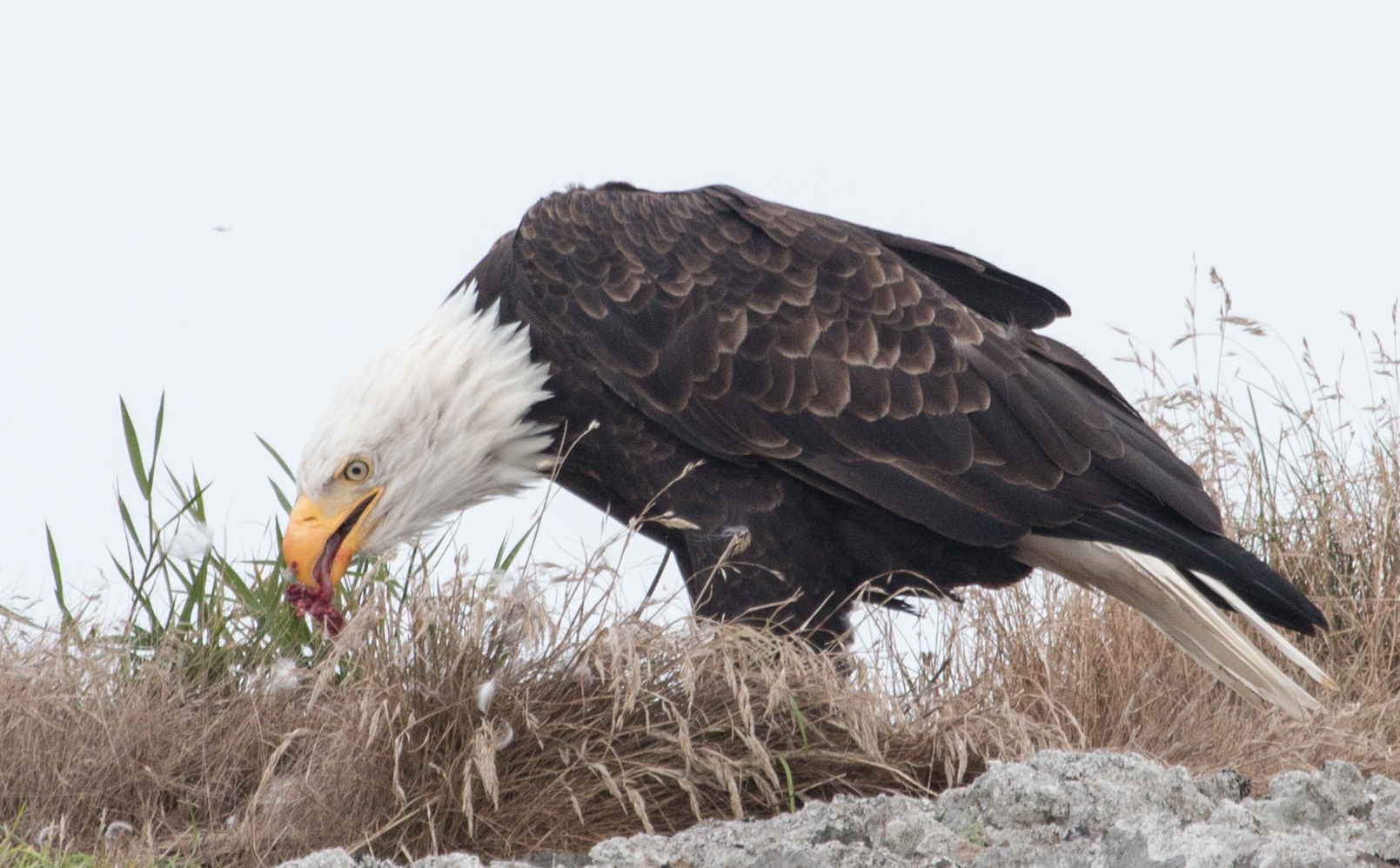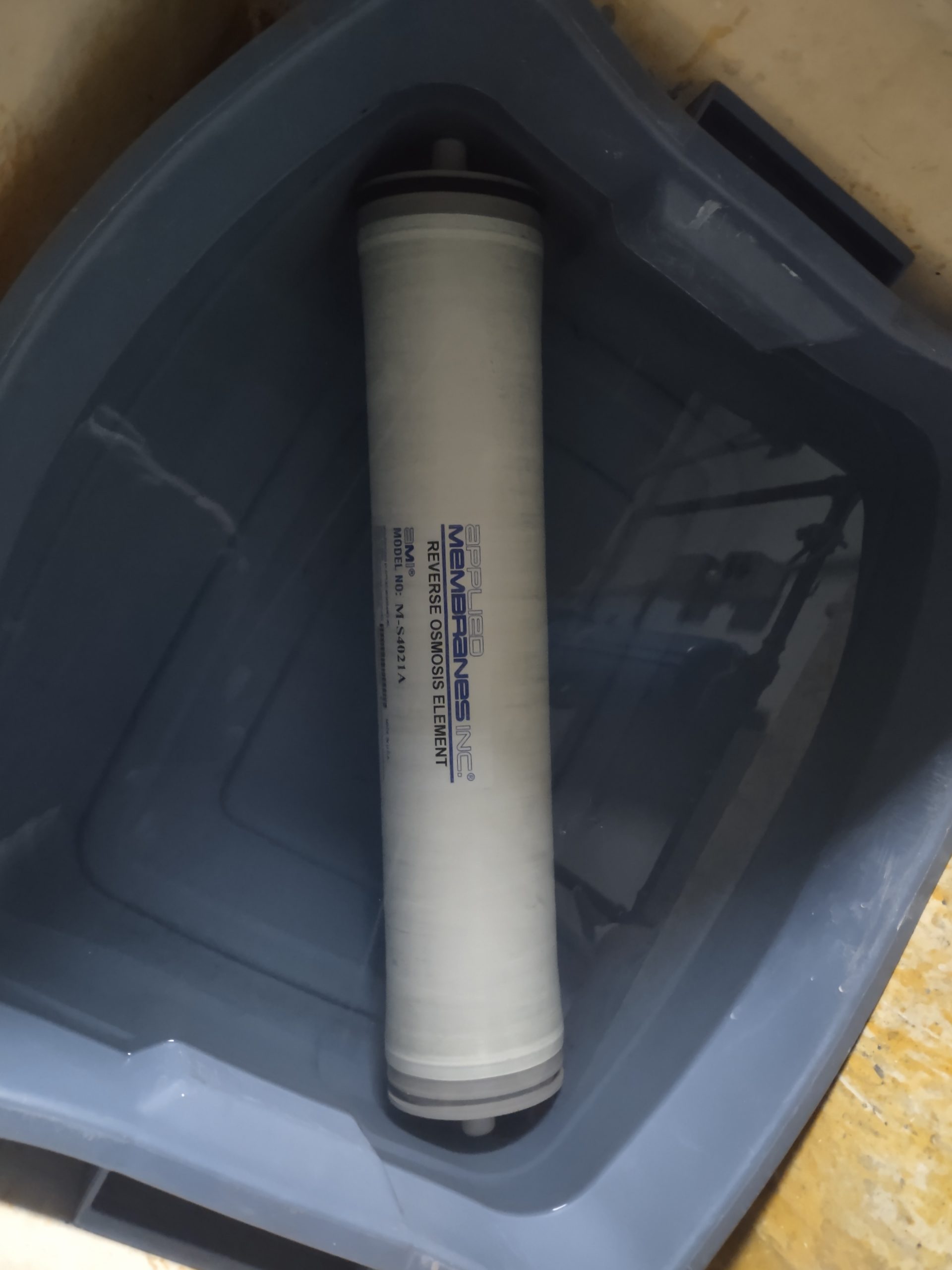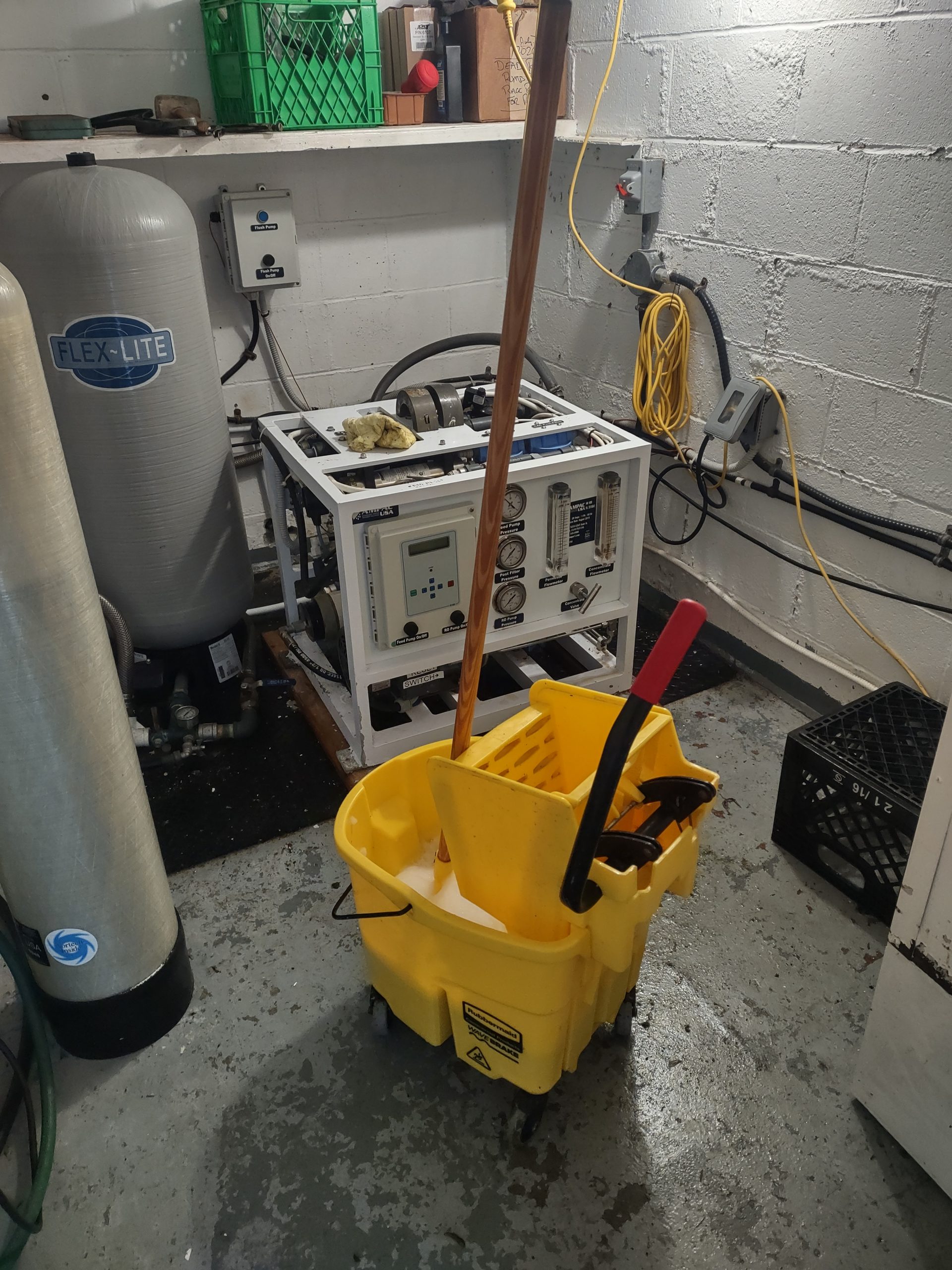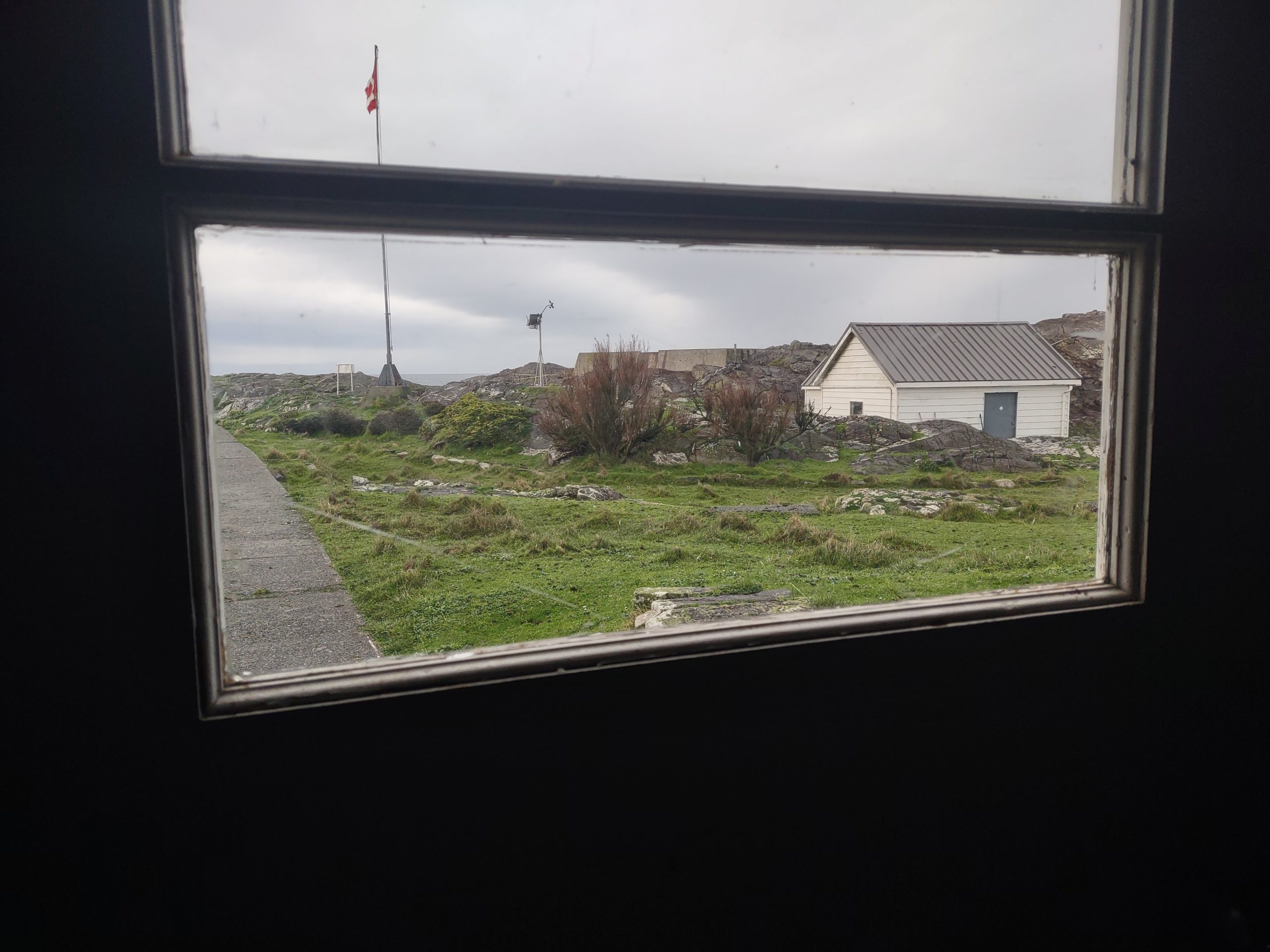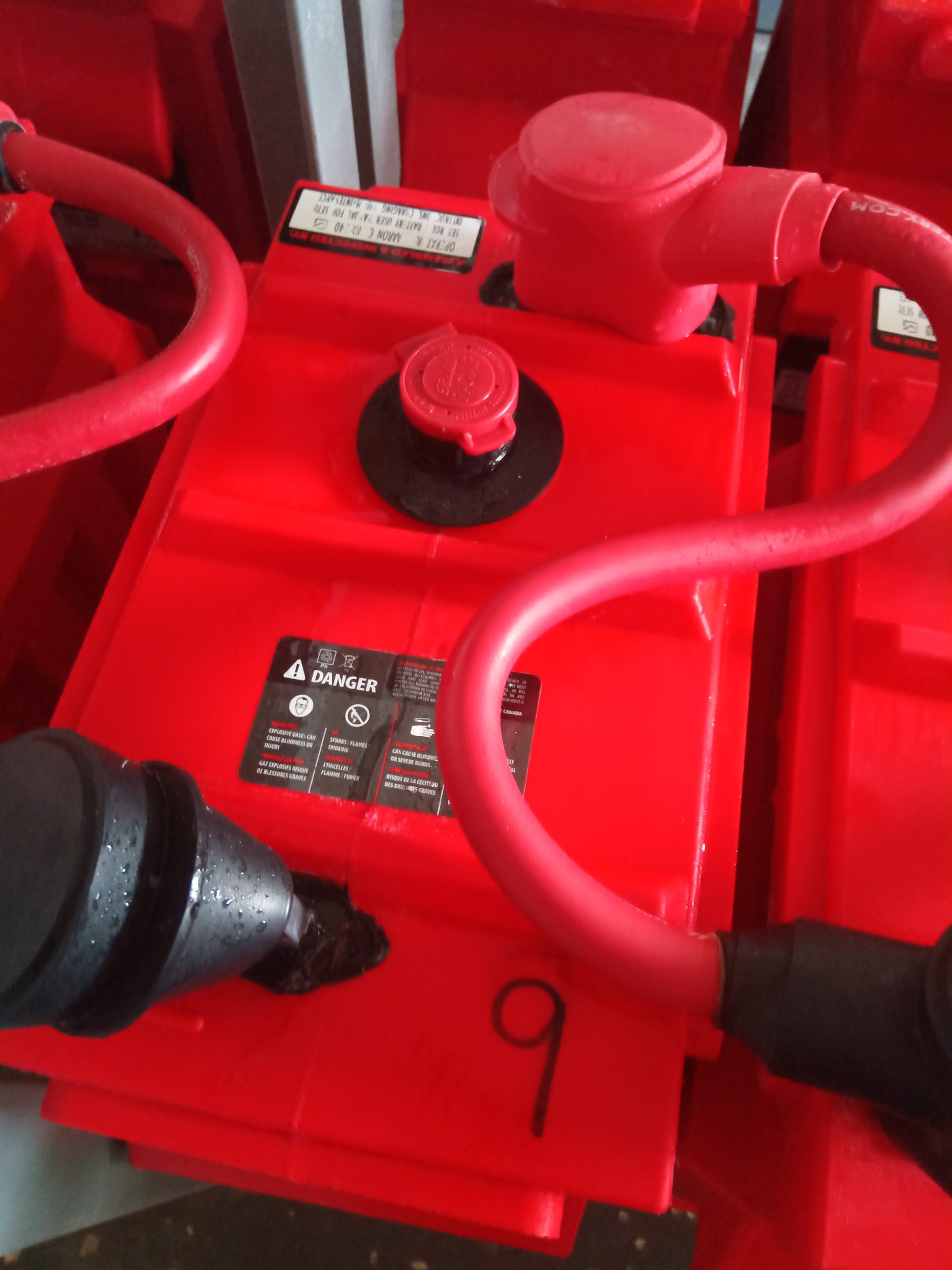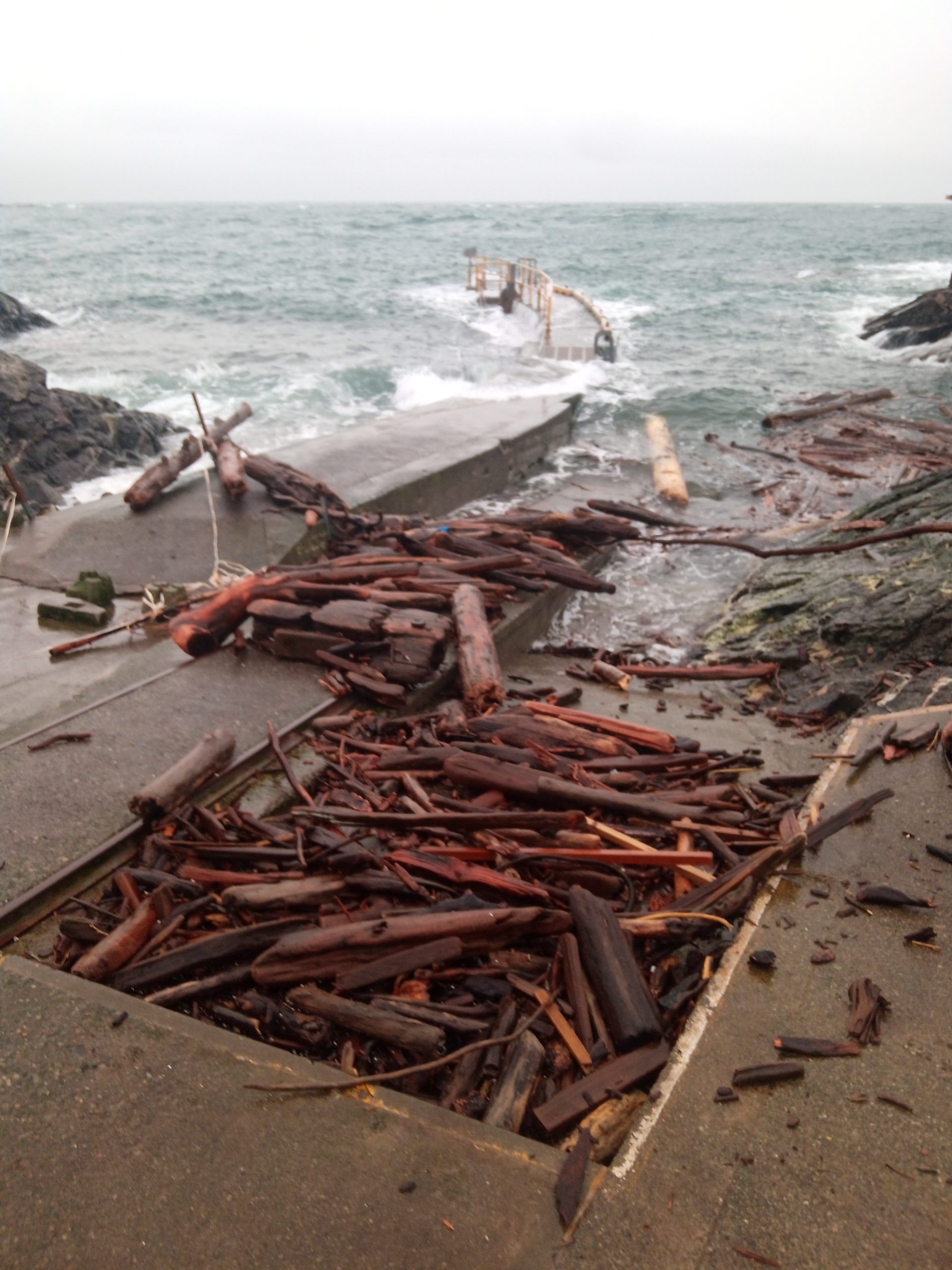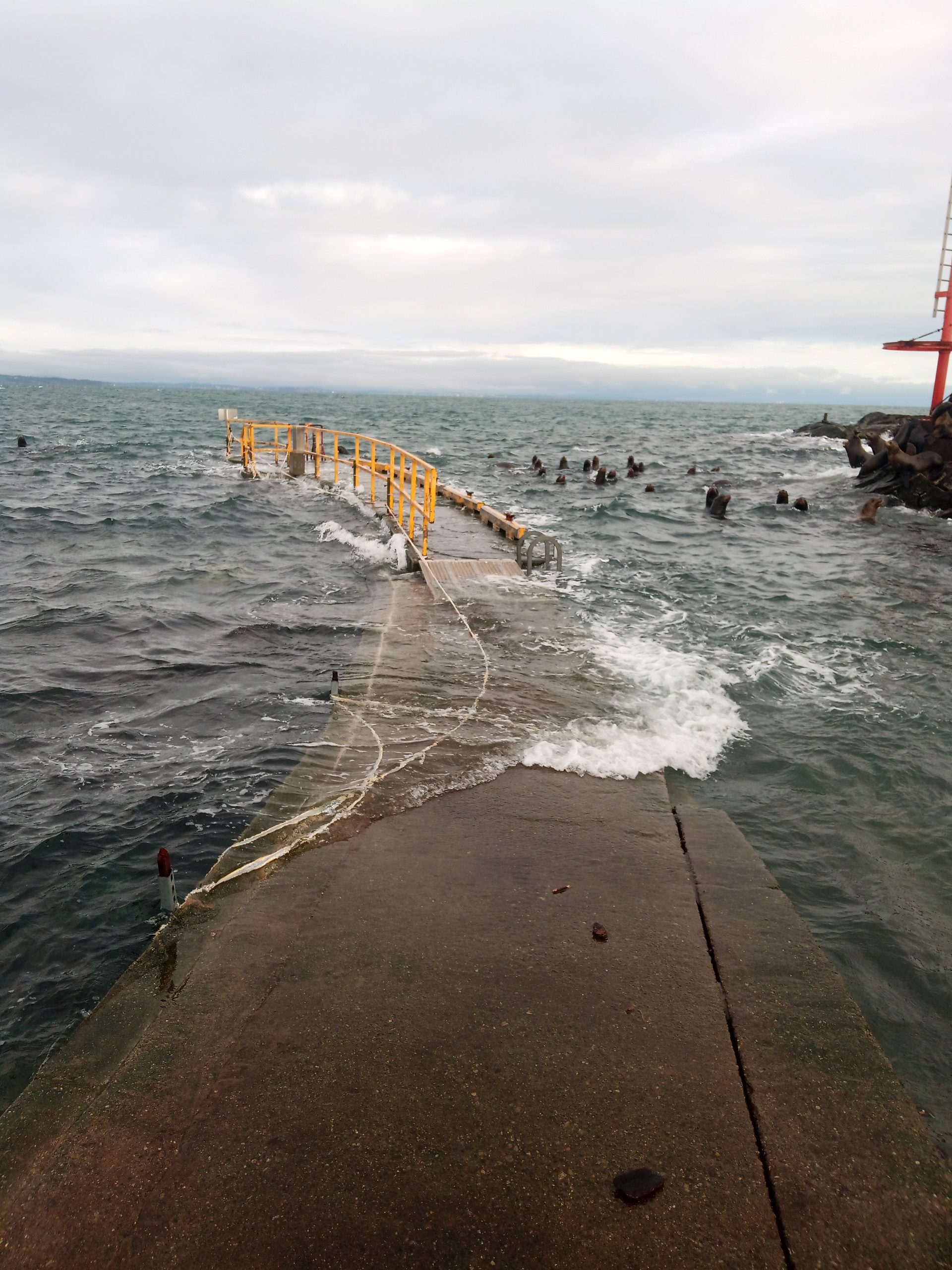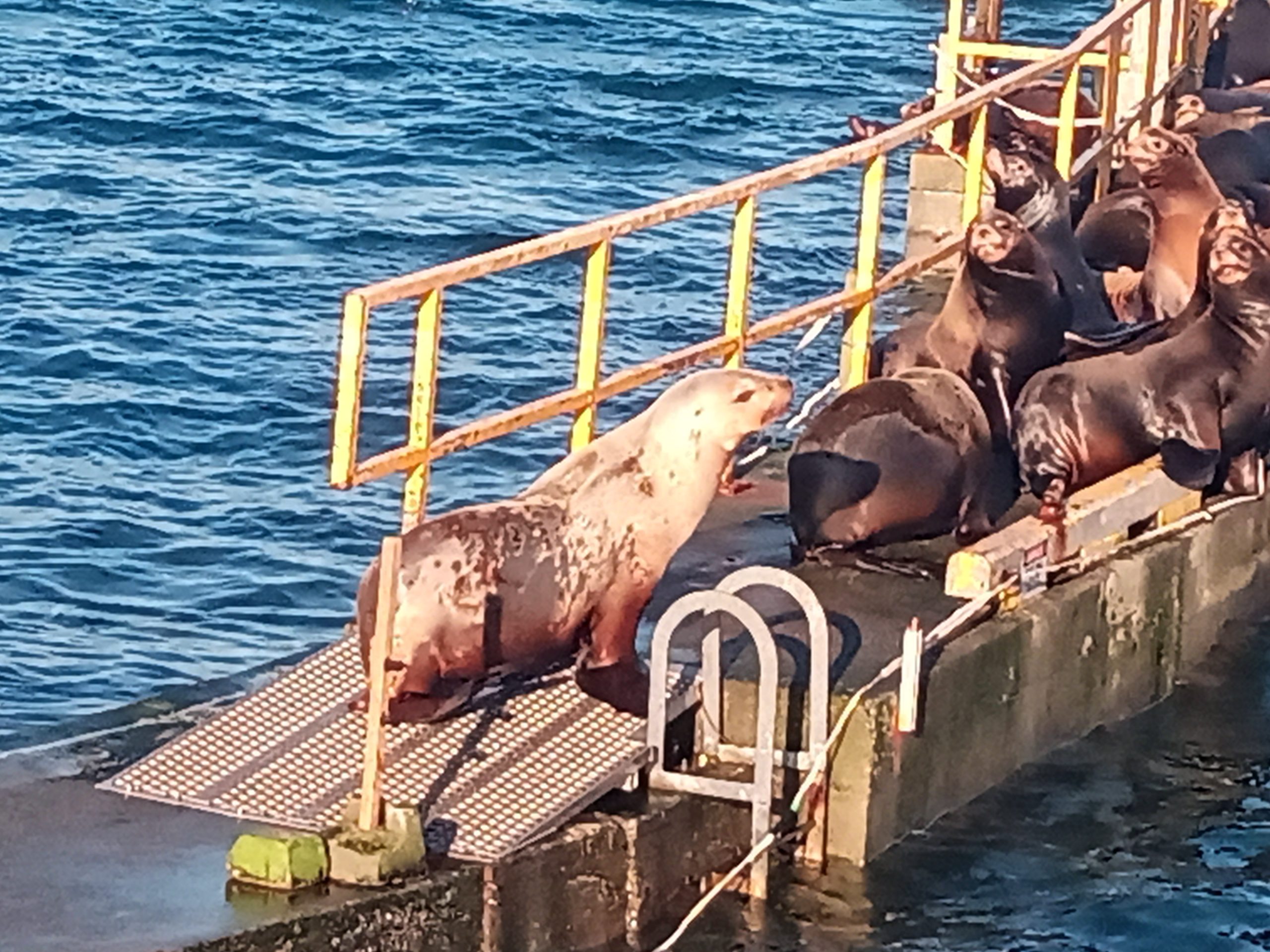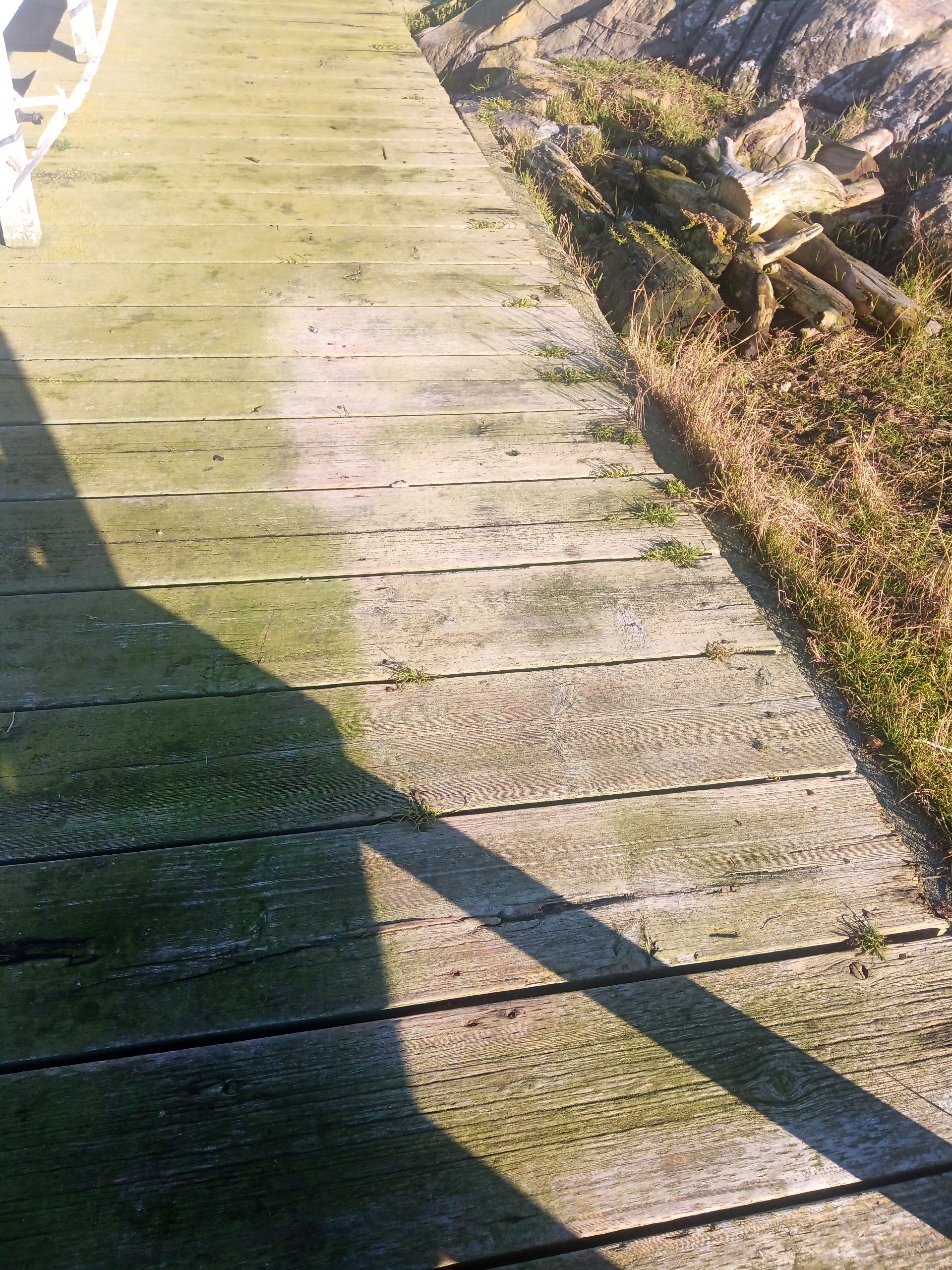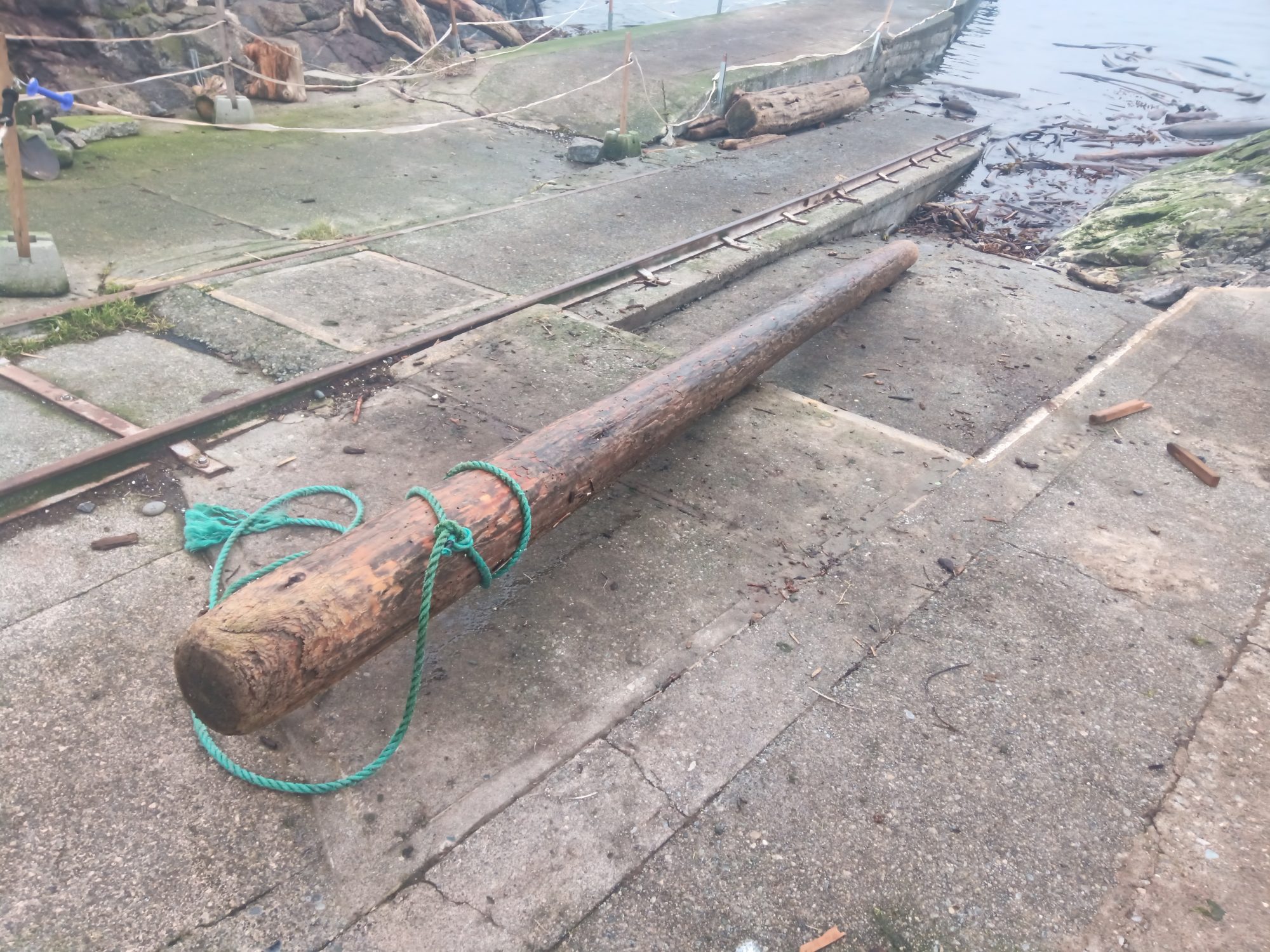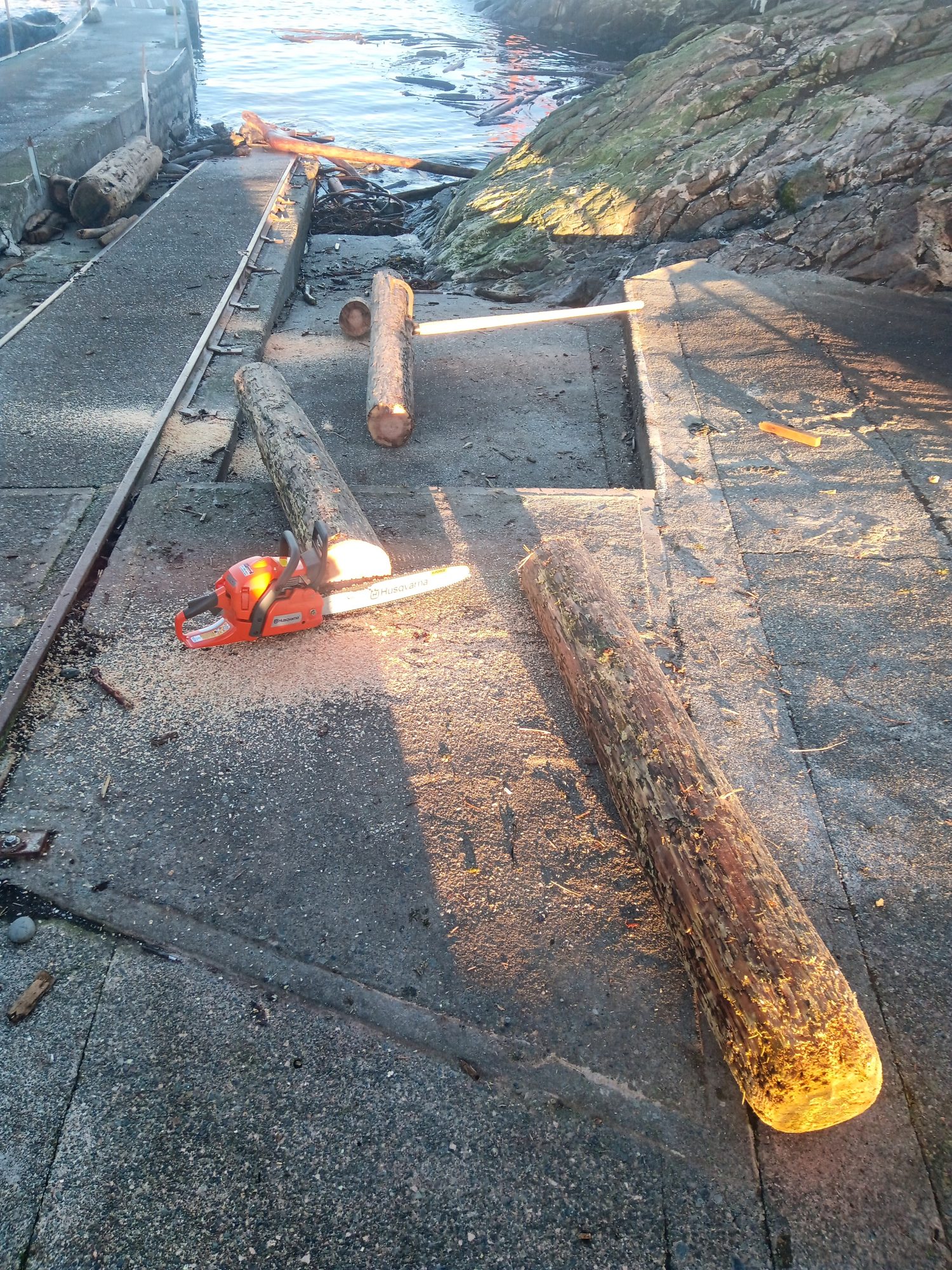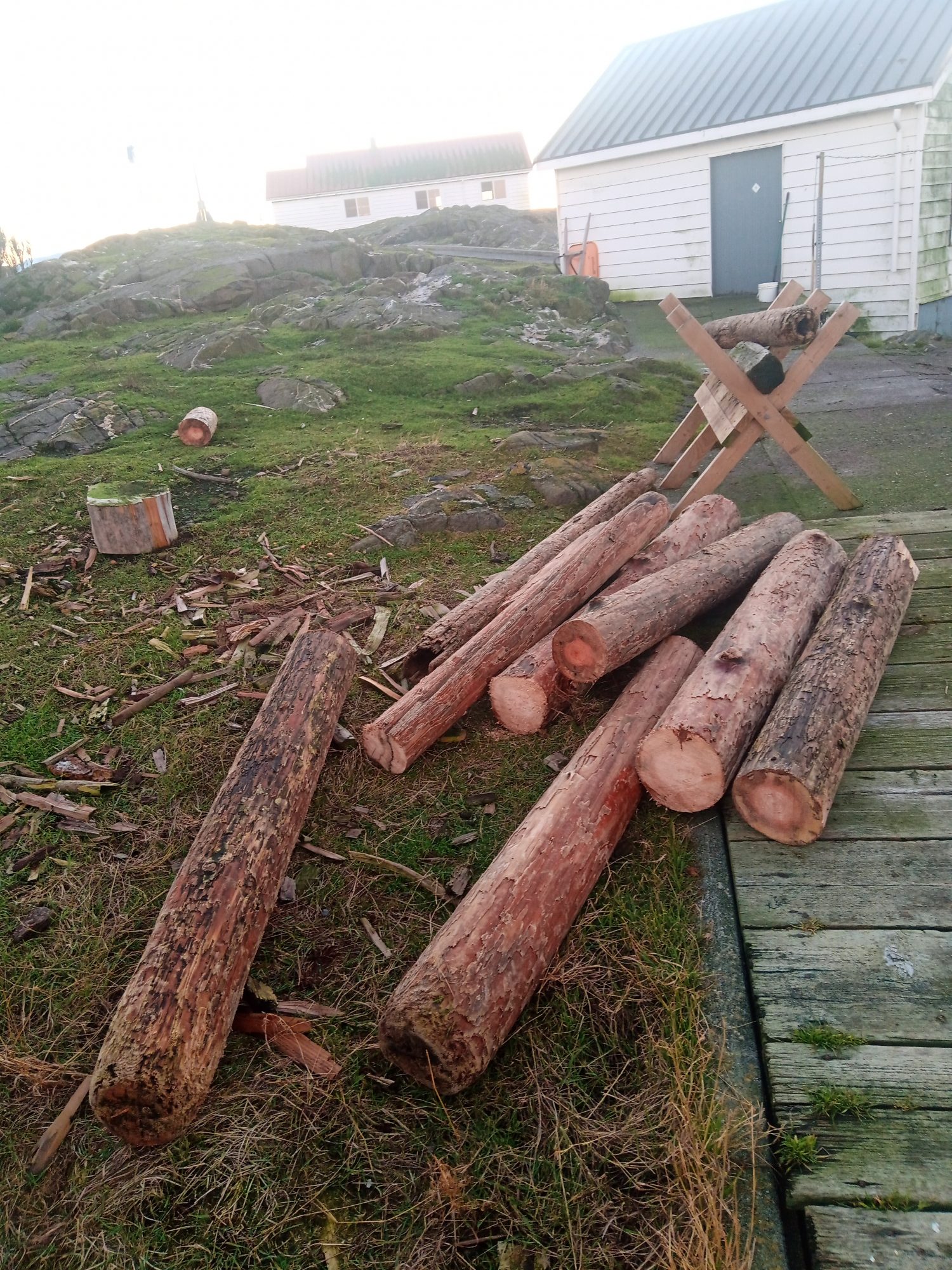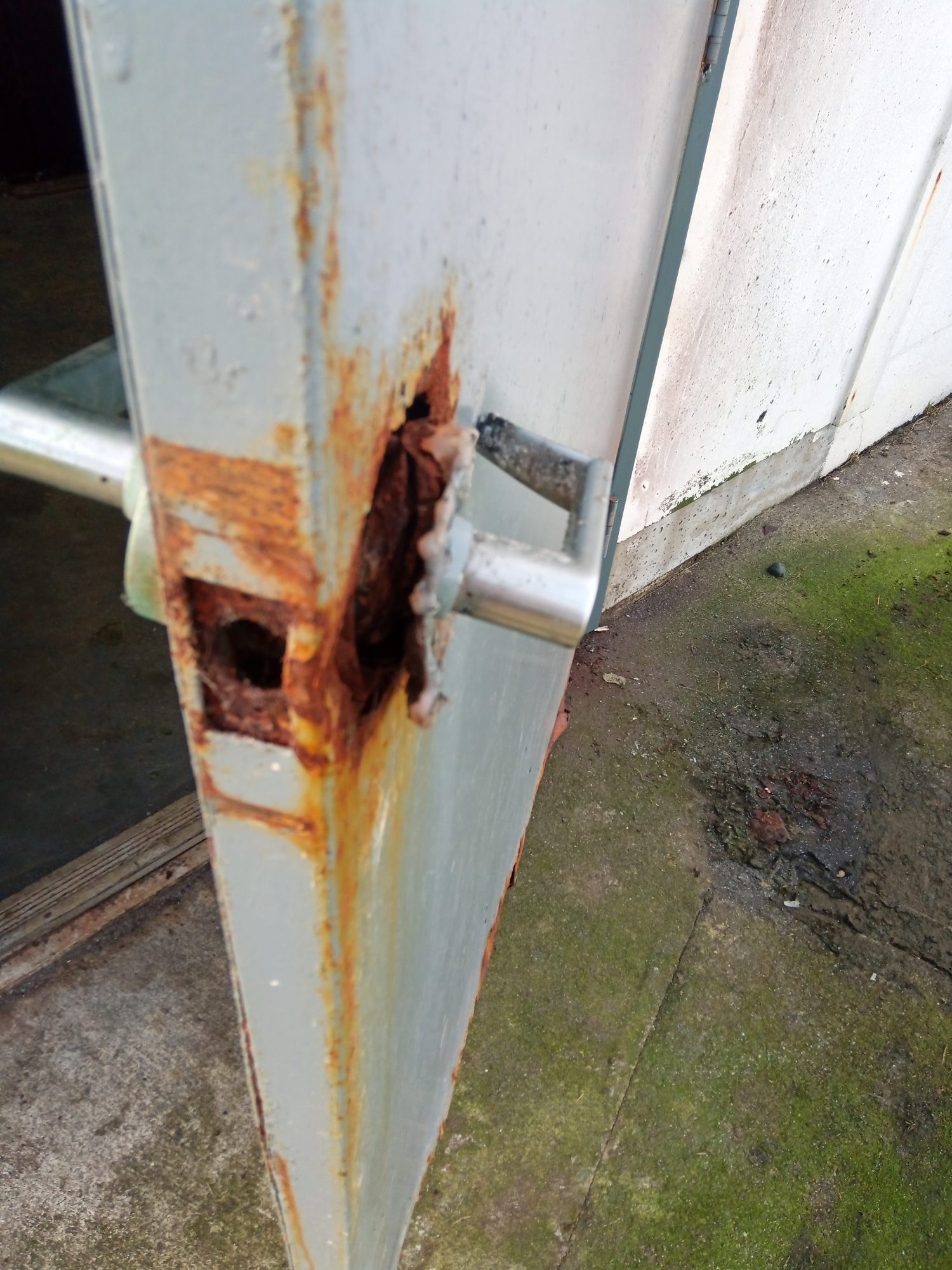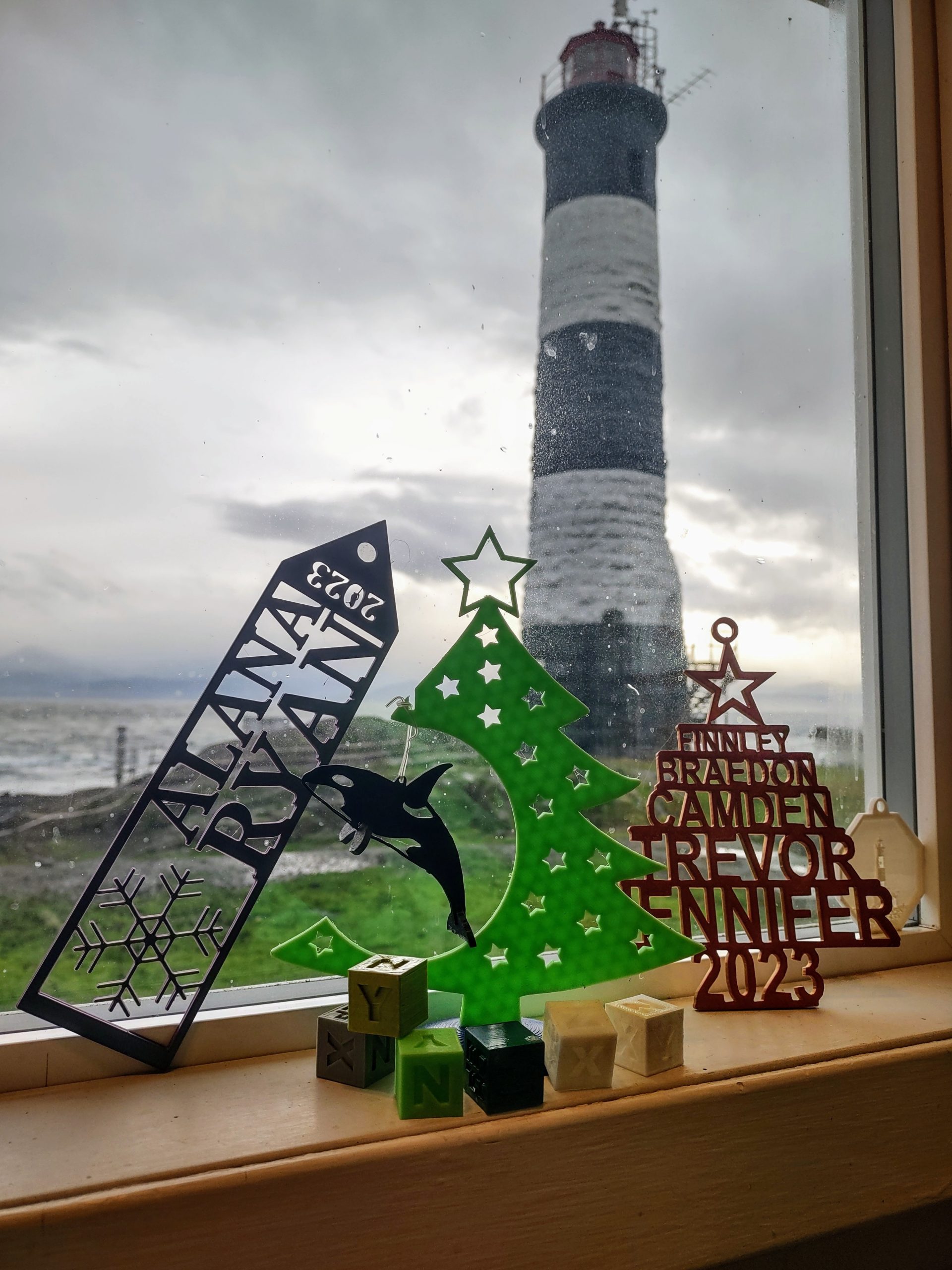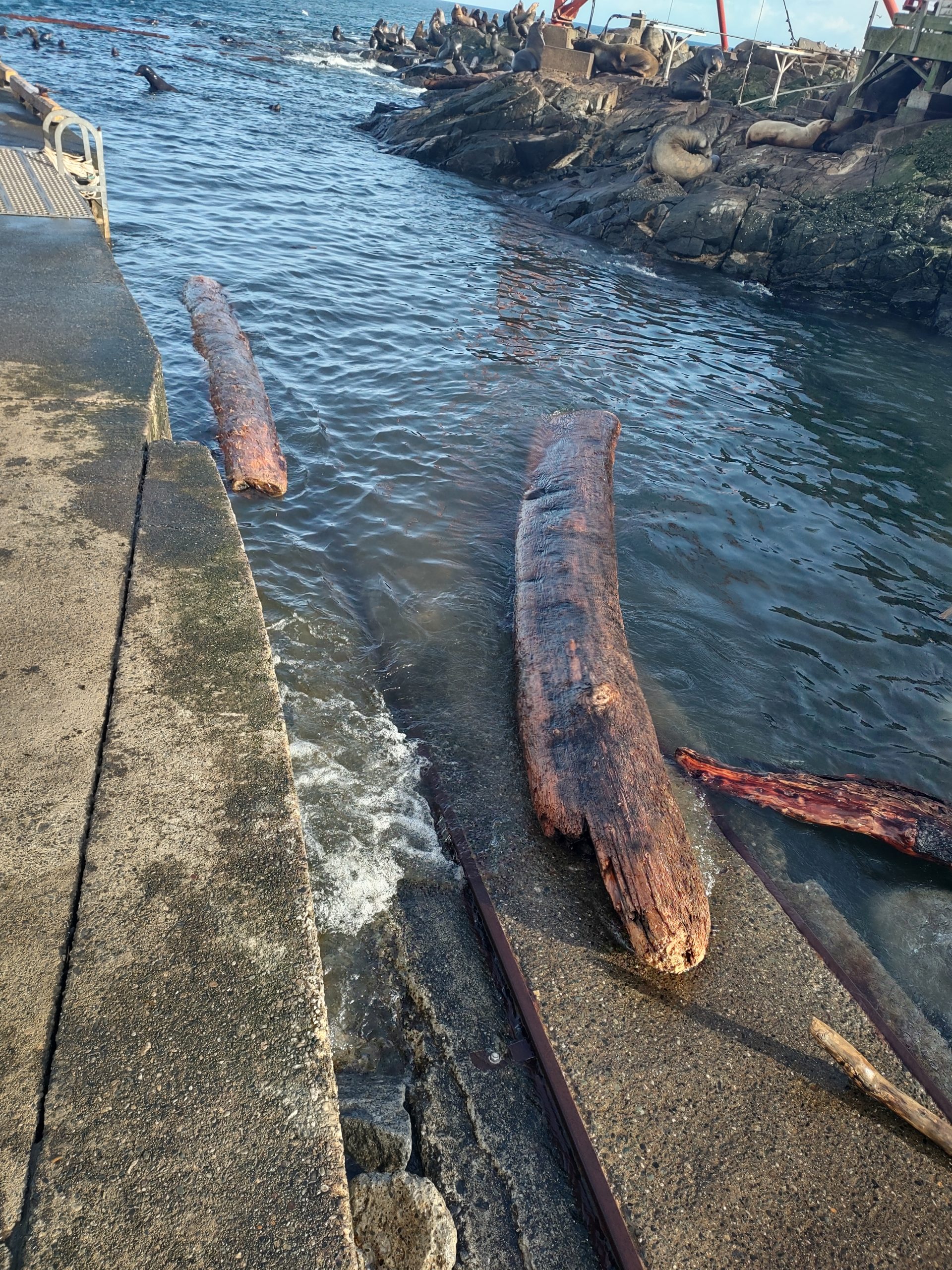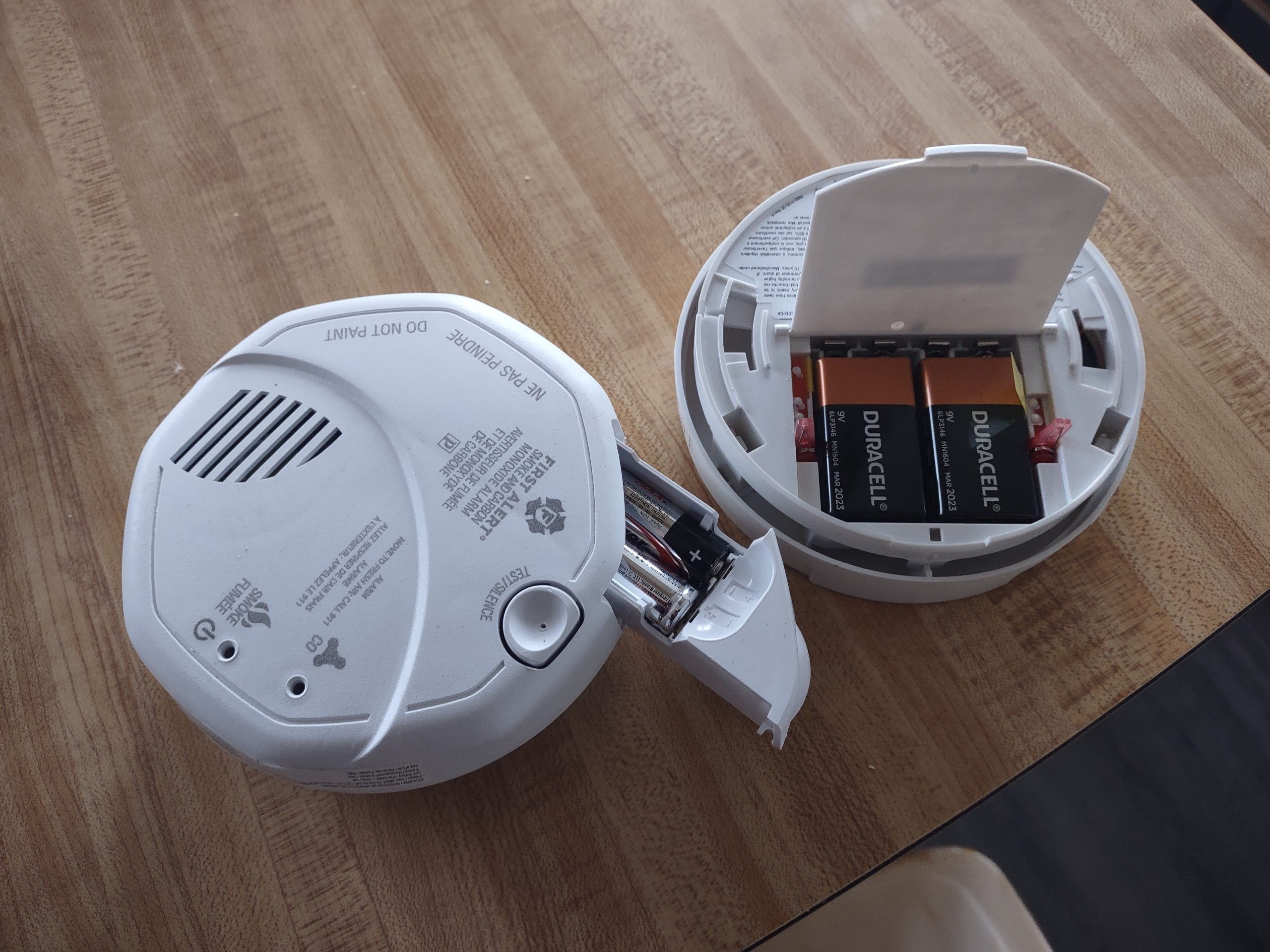| Race Rocks ANIMAL CENSUS | ||||
| 2024-11-25 | 2024-12-16* | 2024-12-23* | ||
| Elephant Seal(male) | ||||
| Elephant seal (female) | 1 | |||
| Steller’s Sea Lion | 289 | 310 | 335 | |
| California Sea Lion | 263 | 243 | 180 | |
| Harbour Seal | 23 | 10 | 27 | |
| Sea Otter | ||||
| Orca | 5 (3 days ago) | |||
| Humpback | 3 | 2 | ||
| Gray Whale | ||||
| Species 1 | ||||
| Species 2 | ||||
| Species 3 | ||||
| Canada Geese | 27 | 15 | 15 | |
| Harlequin Duck | 4 | 5 | ||
| Black Oystercatcher | 12 | 18 | 0 | |
| Black Turnstone | 228 | 37 | 12 | |
| Surfbird | 3 | |||
| Whimbrel | ||||
| Killdeer | 3 | 4 | ||
| Dunlin | ||||
| Black-bellied Plover | ||||
| Ruddy Turnstone | ||||
| Species 1 | ||||
| Species 2 | ||||
| Species 3 | ||||
| Species 4 | ||||
| Pigeon Guillemot | ||||
| Common Murre | ||||
| Rhinoceros Auklet | ||||
| Species 1 | ||||
| Species 2 | ||||
| Species 3 | ||||
| Species 4 | ||||
| Glaucous Winged Gull | ||||
| Western Gull | ||||
| Glaucous X Western Gull Hybrid | ||||
| Iceland(Thayer’s) Gull | ||||
| Heerman’s Gull | ||||
| California Gull | ||||
| Short-billed Gull | ||||
| Gull Species unknown | 226 | 89 | 187 | |
| Gull Species 2 | ||||
| Gull Species 3 | ||||
| Cormorant total | 147 | 123 | ||
| Brandt’s Cormorant | ||||
| Double-Crested Cormorant | ||||
| Cormorant species unknown | 228 | |||
| Pelagic Cormorant | ||||
| Pelican | ||||
| Great Blue Heron | ||||
| Bald Eagle Juvenile | 6 | 11 | ||
| Bald Eagle Adult | 6 | 3 | 4 | |
| Peregrine Falcon | ||||
| Raptor Species 1 | ||||
| Raptor Species 2 | ||||
| Raptor Species 3 | ||||
| Western Crow | 3 | |||
| Raven | 2 | |||
| Purple Martin | ||||
| Barn Swallow | ||||
| Pacific Wren | ||||
| Savannah Sparrow | ||||
| Fox Sparrow | ||||
| very fast, unable to get pic, wren size | 4 | |||
| Species 2 | ||||
| Species 3 | ||||
| Species 4 | ||||
| Other Species 1 | ||||
| Other Species 2 | ||||
| Other Species 3
* Numbers reflect taken after a large storm surge, animals and birds dissipated, |
||||

